Computer Vision Applications: Understand
Computer vision is one of the most important areas of artificial intelligence in the tech business. As can be seen in this article, computer vision has transformed the way many companies and industries handle their processes and operations.
Therefore, this article discusses the main applications of this concept, through the following topics:
- What is computer vision?;
- How computer vision is applied in society;
- How computer vision is applied in industry.
What is Computer Vision?
As can be seen in one of the articles posted here on Kot’s Blog, computer vision is one of the areas of artificial intelligence that attempts to replicate the processing of images that are made by human eyes to computers.
As computer vision is a new discipline that emerged along with the advancement of Industry 4.0, it is still a developing topic. There is a lot of effort involved to implement machine learning so that human vision can be interpreted by machines, which will bring great contributions to various segments in society and business.
The article referenced in the first paragraph explains in detail the concepts, their stages, advantages, and limitations.
How computer vision is applied in the society
After all, how can this concept be applied to society?
The advantages that this system offers can be of great use in several community contexts because it is a tool with great applicability and usability.
Unlike human eyes, computer vision can “see” over much greater distances and under conditions that humans cannot. Some examples are intense darkness, high brightness, or frequencies that are not part of the human field of vision, expanding the seen spectrum.
So, it is possible to state that some of its functions in a society can be:
- Facial recognition of emotions;
- Human activity identification;
- Vehicle detector;
- Video generation and processing;
- Computer vision as a service.
These functions are applicable to different fields, including healthcare, private or public companies, in logistics, and, among many others, in industry.
How computer vision is applied in industry
From an industrial point of view, some specific directions for the use of computer vision can be observed. These include:
Non-invasive verification without violating the product’s wrapping
With this application, computer vision is able to verify the product without violating the package, which optimizes, speeds up the process and preserves the internal content of the wrapping.
Machine Collision Prevention
This is another very important application of computer vision, as it concerns the prevention of accidents within the industry. During industrial operations, there are possibilities of collisions between machines, and this technology can prevent these accidents from happening.
Pattern Recognition
This function is linked to process automation through the identification of labels, barcodes, letters, printed numbers, QR Codes and other types of pre-programmed patterns.
Inspection by image treatment
Computer vision can also inspect machinery and structures through image treatment. In this sense, you can check more specific information in the article posted on the Blog, by clicking here.
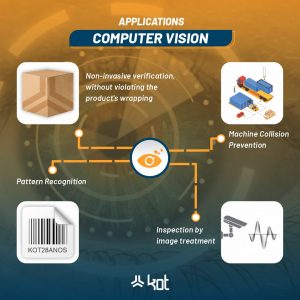
Conclusion
Artificial Intelligence has been, year after year, crucial for the development of extremely useful tools for different sectors of industry, the market, and the community in general.
Computer vision is one of these areas that, even though it is still in an evolutionary phase, can already meet and accelerate demands that used to be slow and complex with greater ease.
Liked the content?
You can also read our latest article Risk Assessments on Belt Conveyors.

KOT Engenharia’s Team
With over 29 years of history and various services provided with excellence in the international market, the company promotes the integrity of its clients’ assets and collaborates in solutions to engineering challenges. For this integrity, it uses tools for calculation, inspection, instrumentation and monitoring of structures and equipment.

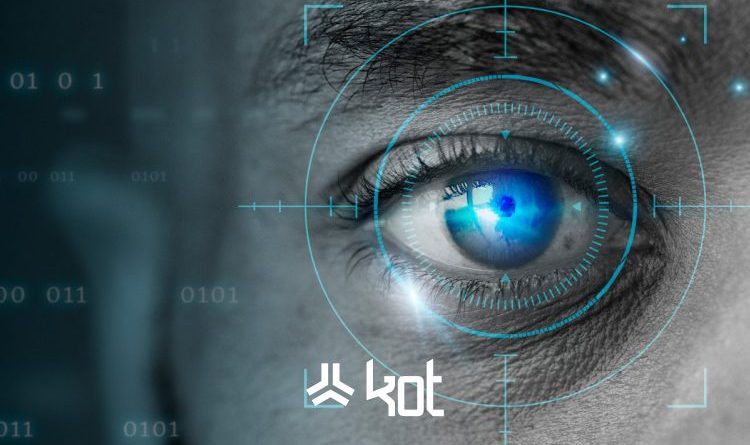
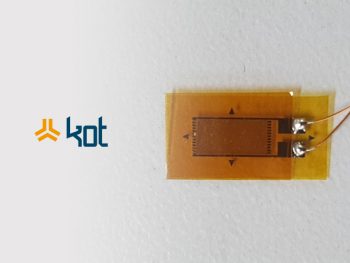
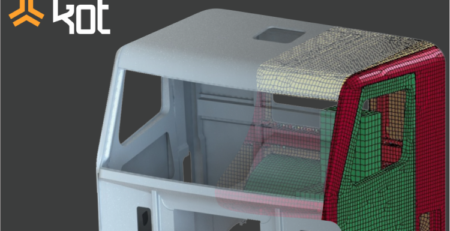
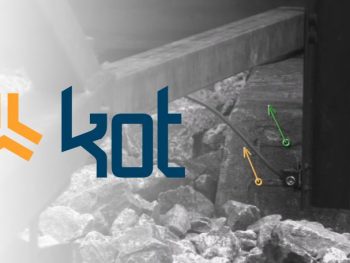
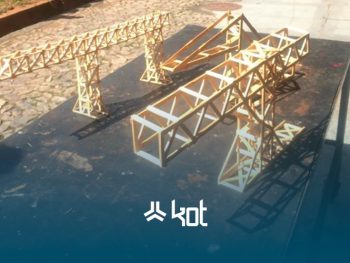
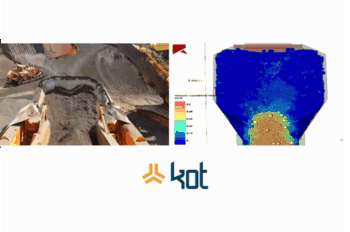
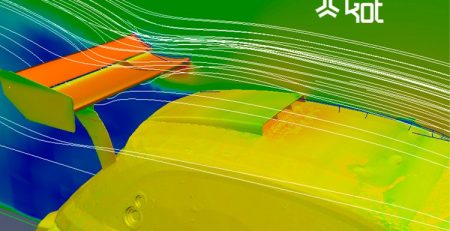
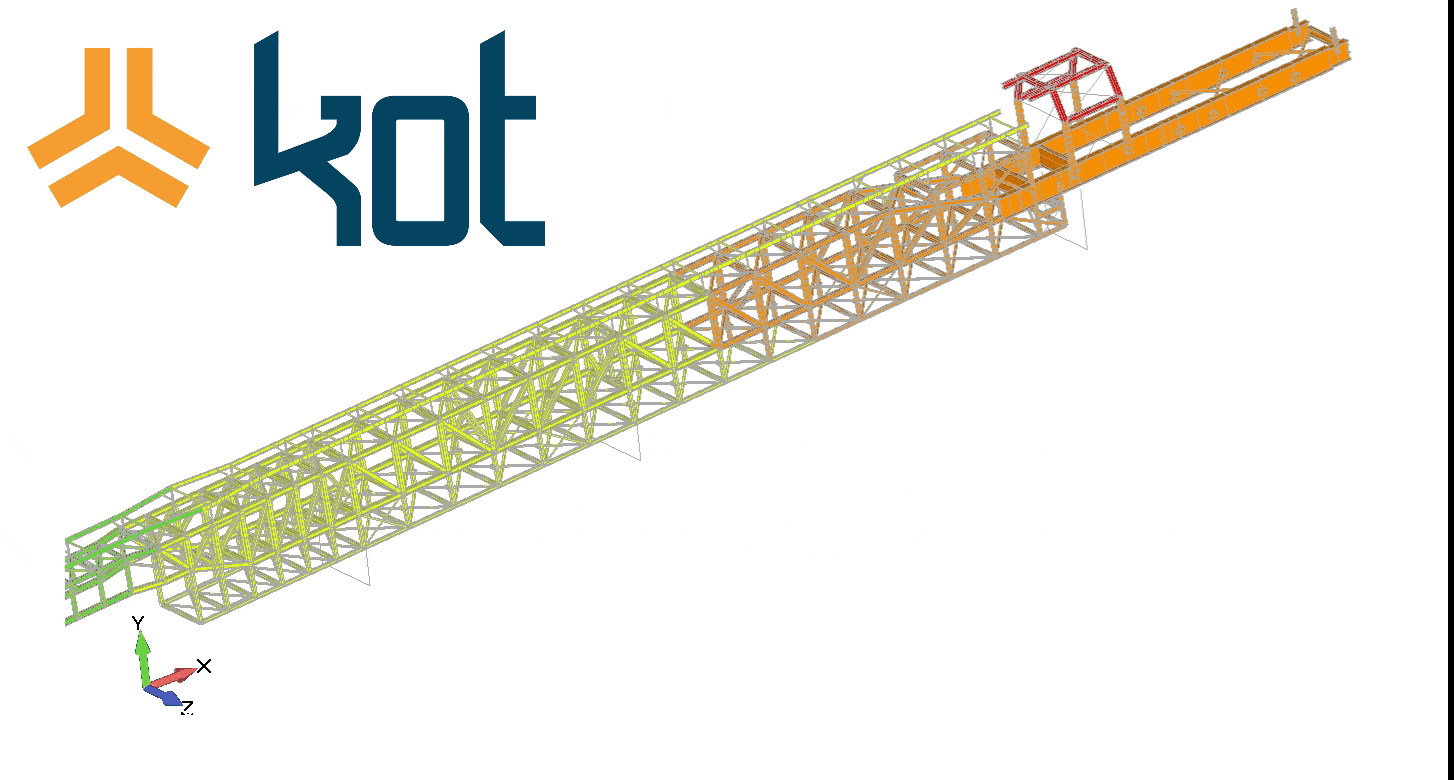


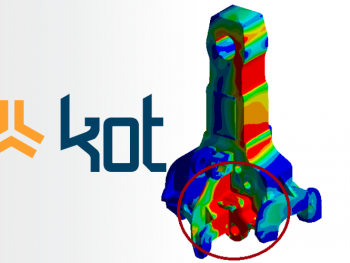
Leave a Reply